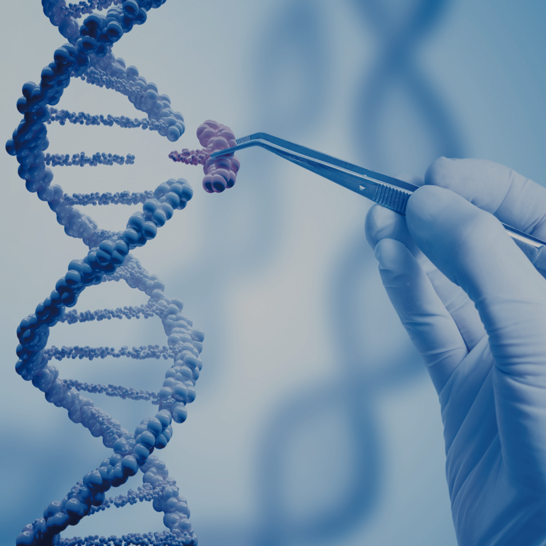Why Do Results Vary Between Different Batches or Probes of the Same Batch?
Inconsistent experimental results between different batches—or even among probes from the same batch—are often caused by quantification errors rather than synthesis differences.
At BiOligo, large-scale single-batch synthesis can reach up to 50,000 OD, ensuring that all production is completed in one continuous process. This eliminates intra-batch variation, with inter-batch purity differences ≤ 0.44%. If differences are observed, it is recommended to verify whether quantification was performed accurately.
We suggest verifying the concentration of each probe after reconstitution using a micro-volume UV/Vis spectrophotometer.
Example: Concentration Measurement Using NanoDrop One
⚠️ Before measurement, confirm that your sample concentration falls within the instrument’s detection range.

For blank measurement, use the same dilution buffer as your probes when possible. If unavailable, use nuclease-free double-distilled water or TE buffer as the blank.
How to Perform More Accurate Oligo Quantification
Conventional Quantification Method
In the traditional approach, the concentration (C) is calculated using the instrument-measured nucleic acid concentration (ng/μL) and the molecular weight (MW) according to the following formula:

C (oligo concentration): pmol/μL or μmol/L, Mass concentration: ng/μL, MW: molecular weight
The nucleic acid concentration (ng/μL) measured by instruments such as NanoDrop is calculated based on the average molecular weight of nucleic acids, rather than the actual sequence composition. This simplified assumption does not account for factors such as sequence length, base composition, or special chemical modifications. As a result, discrepancies can arise between the estimated and true molecular weight, leading to inaccuracies in concentration calculation.
BiOligo Accurate Quantification Method
BiOligo calculates oligo concentrations using the Nearest-Neighbor Method, which determines the extinction coefficient (ε₂₆₀) for each oligonucleotide based on its sequence. The concentration is then calculated using the formula:

C (oligo concentration): pmol/μL or μmol/L, A₍₂₆₀₎: Absorbance at 260 nm, nmol: Amount of substance, OD: Optical density
Practical Example
Consider the following single-stranded DNA (ssDNA) oligonucleotide: 5'-ATG GCT AC-3'
Molecular weight (MW): 2,409.6 g/mol, Extinction coefficient (ε₂₆₀): 77,600 L/(mol·cm), nmol/OD=12.89
Measured absorbance on a NanoDrop microvolume spectrophotometer: A₍₂₆₀₎: 7.75, Nucleic acid concentration (ng/μL): 255.75
Concentration Calculation
Using the conventional method:

Using BiOligo Accurate Quantification Method:

For different sequences, inaccuracies in conventional quantification methods can lead to over- or underestimation of oligo concentration, potentially affecting downstream experimental results. Using the BiOligo Accurate Quantification Method ensures more precise concentration measurements, resulting in more reliable experimental outcomes.
Where to Find Relevant Data


What to Do If Quantification Results Are Still Abnormal?
If the measured concentration still deviates significantly from the expected 100 µM after following the recommended procedure: Ensure the tube cap is tightly closed, then invert the tube for 60 seconds. Next, perform a brief vortex/centrifugation before re-measurement.
BiOligo Commitment to Accurate Quantification
BiOligo relies on a Lean Six Sigma process management system, combined with: experienced technical personnel, advanced automated aliquoting instruments, mature synthesis and purification workflows and reliable measurement systems to ensure accurate oligo quantification and aliquoting, providing researchers with the most precise and reliable experimental results.




